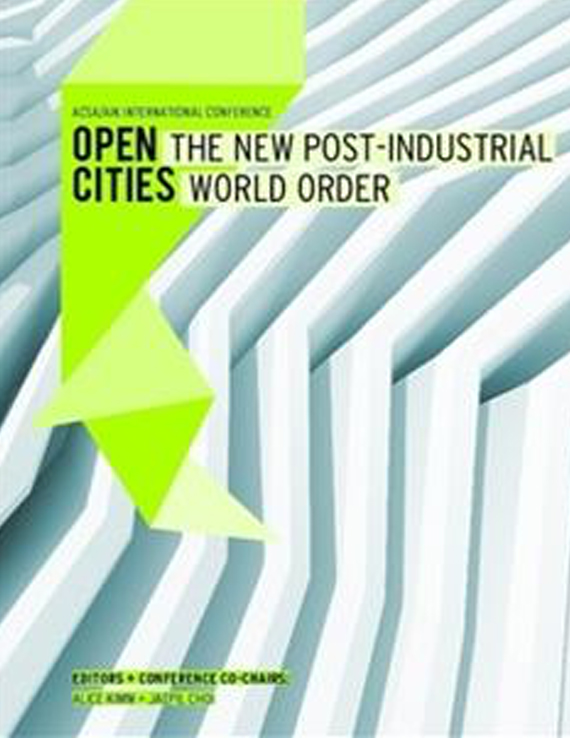Author(s): Antje Steinmuller
In cities across the globe, temporary and bottom-up interventions for the activationof public space are proliferating. Reactive in nature, such interventions generallyoccur in response to urban vacancies and underused areas. Beginning as activistappropriations of city space by artists, designers, architects and locals, theseshort-term tactics have also become catalysts with their effects on the city spacereaching well beyond their life-time and locale. While the phenomenon has beendiscussed critically with regard to its long-term gentrifying effect, on the positiveside bottom-up urban interventions have often engaged a broader populationin the production of urban space, and brought together a diverse community ofpeople around shared interests. As temporary urban strategies are increasingly instrumentalizedwithin top-down planning, architects find themselves confrontedwith a redefinition of their roles in relationship to these new participatory models.The paper puts forward an investigation of what constitutes a ‘technology’ thatis emerging from, and conducive to working in this context. Through the lens ofcontemporary technicism, new technological developments tend to be perceivedas a the drivers behind innovation in architecture and urban design. This paperconsiders the emergence of an inverse process: Architectural ‘technology’ – as theapplication of specific knowledge, methods and devices for practical ends – requirescritical redefinition in response to this changing agent configuration in theproduction of urban space. As cities develop programs to build directly on communityinitiative in the production of urban space, architectural knowledge andthe modes of its application are shifting and expanding – evolving between thepoles of activism and entrepreneurship, between globally applicable techniquesand extremely local involvement. This paper critically reviews architectural agency- and the methods and technologies employed – in relationship to three ongoingplanning programs in San Francisco that combine bottom-up and top-down urbaninitiatives. It draws on a collaboration between architecture students, the localPlanning Department, and a community partner within one of these programs tospeculate on the tension between the global commonalities and local specificitiesthat emerge in this new urban agency.
Volume Editors
Alice Kimm & Jaepil Choi
ISBN
978-0-935502-91-6

 Study Architecture
Study Architecture  ProPEL
ProPEL 
